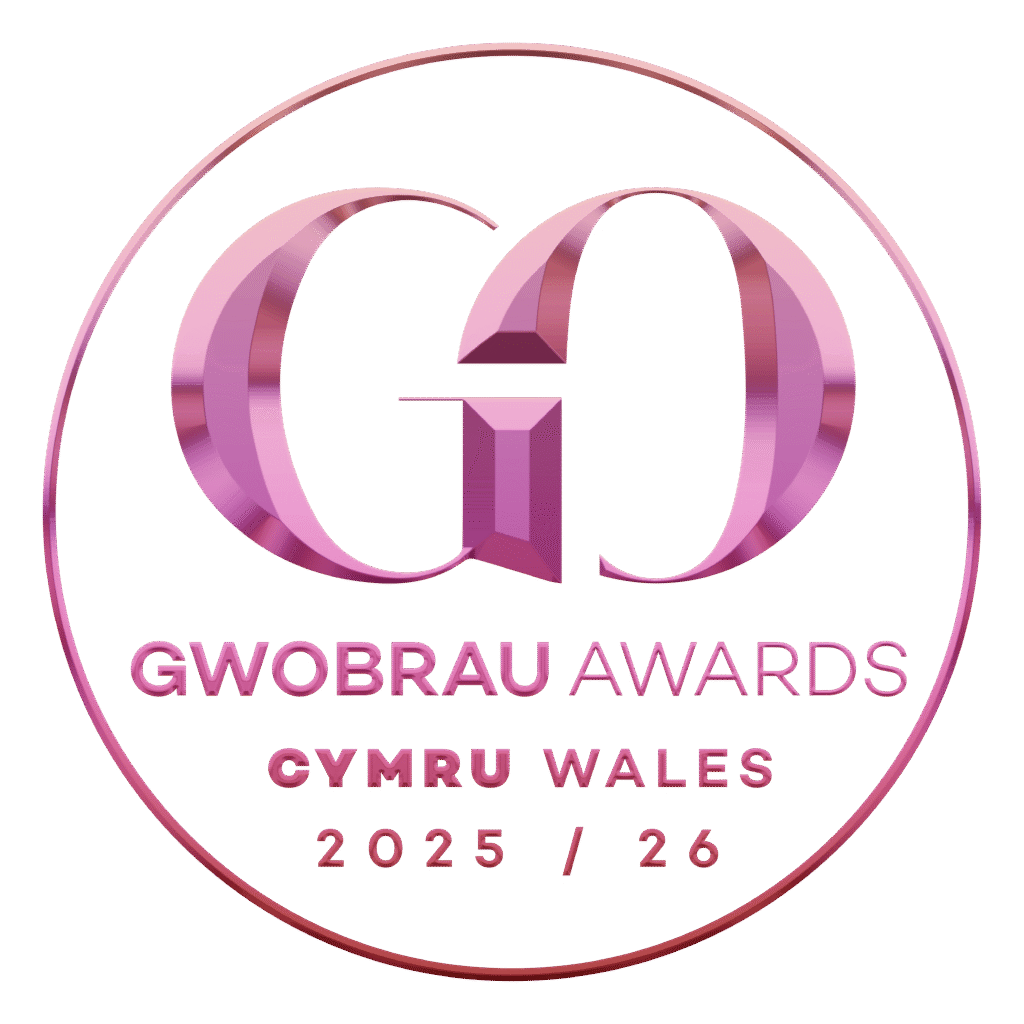Public Procurement Project of the Year
New for 2025/26!
This category celebrates a procurement project that consolidates best practice and innovation in multiple areas into a single, brilliantly executed initiative. It recognises groundbreaking work and the delivery of something that genuinely advances public procurement practice – creating an example for others to follow.
Sector: Public sector or Public Sector working with the Private/Voluntary Sector
Timescale: A GO Awards submission in this category must cover activity during the period January 2024 to June 2025.
Entry Questions
Background
Please provide background detail about the organisation submitting an entry for this category. (This answer will not be scored)

Challenges & Overcoming Barriers:
What were the key challenges faced during the planning and execution of this procurement project? How did you overcome them and what impact did these solutions have on stakeholders and end users?

Achievement & Success Stories:
What makes this project stand out as an example of excellence in public procurement? Highlight key achievements and milestones that demonstrate its success.

Procurement Best Practice:
What role did best practice approaches such as collaboration; preliminary market engagement and consideration of social value and sustainability play in the success of this project? Share specific examples of how working with suppliers, public sector organisations or other stakeholders contributed to delivering outstanding results.

Leadership:
What leadership approach or best practice principles guided the development and delivery of this project? How have these influenced public procurement standards or inspired others?

Results and End User Benefits:
What measurable results demonstrate the positive impact of this project? Provide testimonials or data that showcase how the initiative has benefited end users and the wider public sector.

Adoption, Promotion and Legacy:
How has this project driven wider adoption of best procurement practices? What steps have been taken to promote its success, and how will it continue to influence future procurement strategies?

